IRREGULAR POLLEN EXINE1 Is a novel factor in anther cuticle and pollen exine formation
 Chen et al. identified a novel male-sterile Zea mays mutant, named ipe1. Mutant pollen grains show defective development of the tapetum and pollen exine (outer surface), causing microspore abortion. In addition, ipe1 anthers are smooth instead of reticulate, suggesting defects in anther cuticle formation. IPE1 expression is specific to the tapetum and developmentally restricted to the early uninucleate microspore stage. GC-MS analysis of anther wax and cutin content revealed that ipe1 anthers have reduced cutin monomer content relative to wild type. RNA sequencing showed over 3,000 differentially-expressed genes in ipe1, including genes involved in biosynthesis or degradation of lipids, carbohydrates, and waxes. A T-DNA mutant of the Arabidopsis IPE1 homolog shows normal anther cuticle development, but mature pollen grains have partial smooth surfaces, as in the maize mutant. The authors present a model for IPE1 functioning in anther lipid metabolism. (Summary by Daniel Czerny) Plant Physiol. 10.1104/pp.16.00629
Chen et al. identified a novel male-sterile Zea mays mutant, named ipe1. Mutant pollen grains show defective development of the tapetum and pollen exine (outer surface), causing microspore abortion. In addition, ipe1 anthers are smooth instead of reticulate, suggesting defects in anther cuticle formation. IPE1 expression is specific to the tapetum and developmentally restricted to the early uninucleate microspore stage. GC-MS analysis of anther wax and cutin content revealed that ipe1 anthers have reduced cutin monomer content relative to wild type. RNA sequencing showed over 3,000 differentially-expressed genes in ipe1, including genes involved in biosynthesis or degradation of lipids, carbohydrates, and waxes. A T-DNA mutant of the Arabidopsis IPE1 homolog shows normal anther cuticle development, but mature pollen grains have partial smooth surfaces, as in the maize mutant. The authors present a model for IPE1 functioning in anther lipid metabolism. (Summary by Daniel Czerny) Plant Physiol. 10.1104/pp.16.00629


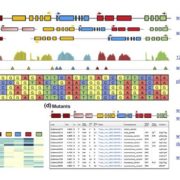
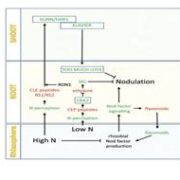
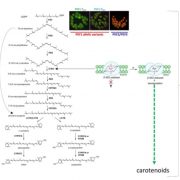

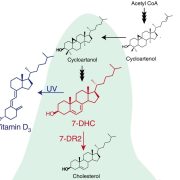
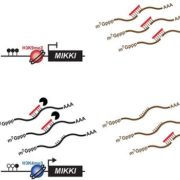


Leave a Reply
Want to join the discussion?Feel free to contribute!